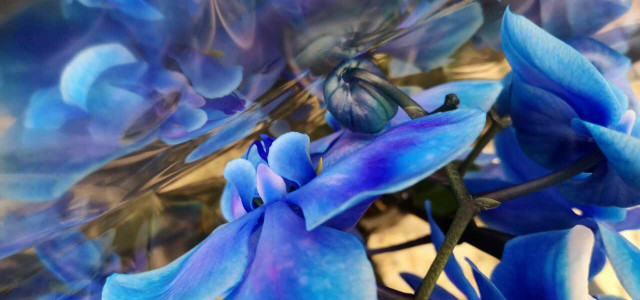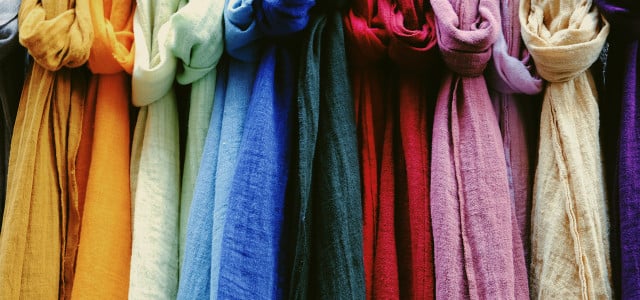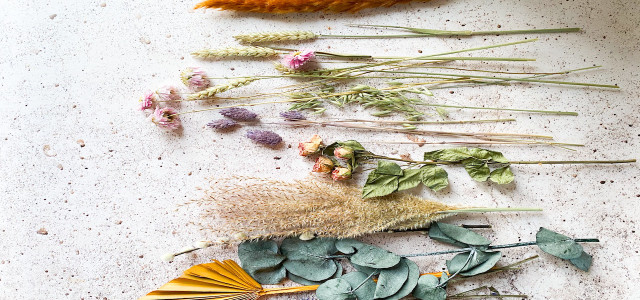Dyed flowers are a fun way to teach children about plants. And when the project is done, you’ll have beautiful, vibrant flowers perfect for displaying in your home.
Experimenting with dyed flowers is a fun activity to do with your kids. It is a great way to teach them about flowers and let them see nature in action. They’ll be able to see how liquid moves through tiny tubes in the flower’s stem and into the petals.
This natural process, used by flowers to take in water, is called capillary action. Adding a colored dye to the water lets us observe capillary action at work. The flowers absorb a fair amount of liquid, but they don’t need all that water to complete photosynthesis. So the extra water eventually evaporates. However, the color from the dye stays in the petals.
Although this is an experiment for kids, many people dye flowers for fun. They can be used at home and matched perfectly to existing decor. In these cases, you can dry the flowers after dying them so they can be displayed for a long time.
Which Flowers Should You Use?

(Foto: Utopia / Aisha Williams )
Lots of different flowers will work for this fun experiment. For maximum effect, white is best for making dyed flowers, but you can use other light colors like pink or yellow. Roses, chrysanthemums, orchids, and carnations are among the most popular choices for dying, but any of the options below are good too.
Popular choices for white flowers include gerberas, daisies, weld, coreopsis, dahlias, sulfur cosmos, marigold, and dyer’s chamomile.
When deciding what flowers to use, it is essential to consider their environmental impact. Although roses are a popular choice, they are not eco-friendly. Imported flowers like roses have a worse environmental impact than many other crops. This can include:
- Carbon emissions: In open fields, roses emit at most 14kg of CO2. When they are grown in heated greenhouses to be exported, this rises to 21kg of CO2 per 10 roses. To help support the environment, buy roses that are locally and organically grown.
- Water and fertilizer: Cultivated flowers can use up to 20L of water per stem. The runoff from watering the flowers is also fouled by copious quantities of pesticides needed to make them look perfect. In some cases, up to 1500kg of fertilizer is used per hectare of flowers (roughly 2.5 acres).
- Energy: Finally, refrigeration is needed to keep those blooms fresh during transport. Electricity is often produced by burning fossil fuels, and refrigerant gases also exacerbate climate change. Not to mention, plastic packaging during transportation can add up to 20% to a rose’s carbon footprint.
When choosing your flowers, ask yourself:
- Are the flowers locally sourced?
- Are they in recycled plastic wrap?
- Is it possible to use organically grown flowers? Or, if not local, are they fairtrade certified?
Which Dyes are Best for Dyed Flowers?
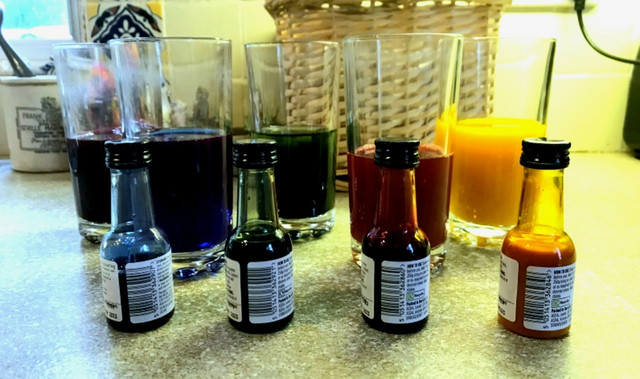


(Foto: Utopia / Aisha Williams )
Natural dyes are a more environmentally friendly choice than synthetic ones. However, using a non-toxic dye (like this 2-ingredient natural beet dye) is especially important when working with children.
Here are a few things you can use for natural dyes:
- Matcha powder
- Avocado skins
- Onion skins
- Coffee
- Black tea
- Black beans
- Pomegranate
- Turmeric
- Black currants
- Hibiscus tea
Place harder materials — like acorns, turmeric, and vegetable skins — in a pot of water and bring them to a boil. Then, lower the temperature to a simmer and leave it for one to two hours.
For softer materials like pomegranates, currants, and fruit, 30 minutes of boiling is enough. You can brew the teas for just 10 to 15 minutes. Once the pigment is released, cool the liquid and strain it before following the steps below.
The final colors depend on how much dye or material you use, so have fun producing different shades and mixing colors. If you don’t have the time to create your own, you can find some great options online. Amazon** sells a wide variety of natural powder dyes to can choose from.
Your Dyed Flower Experiment



(Foto: Utopia / Aisha Williams )
To make dyed flowers, you will need:
Materials:
- Warm water
- Small glass or cups
- Natural dyes, as many colors as you like
- Sugar — this is a natural food for plants and helps the absorption process
- Vinegar — to balance the pH of the dye, making it easier for the flower to absorb
- Dropper or syringe
- Cut white flowers
Instructions:
- Pour about 40ml of warm water into each glass (if your dyes aren’t very vibrant, use less water). For boiled natural dyes, strain them but do not add water. For the powder dyes, add just enough water to dissolve the powder.
- Add 15 to 20 drops of dye (depending on how strong a color you are trying to achieve), one tsp of sugar, and 1 tsp of vinegar.
- Cut the flower stem at an angle to help it soak up more water.
- Put a flower stem in each glass.
Over the next 24 hours, your flowers should change to different colors. The time can vary, and you may notice changes sooner.
Homemade Flower Preservatives
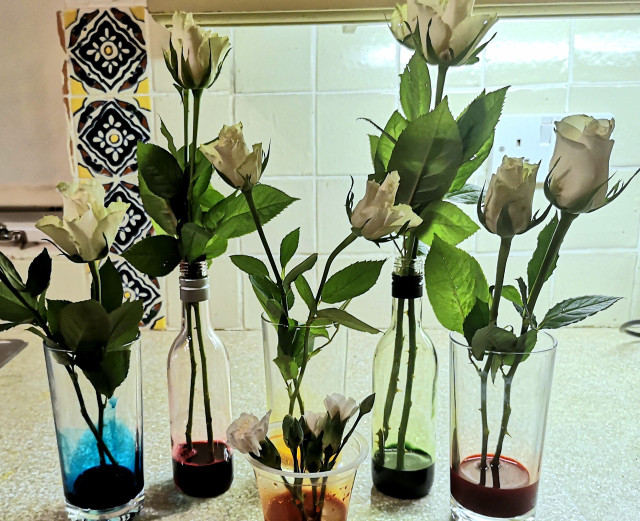


(Foto: Utopia / Aisha Williams )
Cut flowers are a beautiful addition to your home, but they don’t last very long. However, there are eco-friendly ways to preserve them for longer:
- Method 1: Using two parts water and one part lemon-lime soda works well for keeping flowers fresh. Don’t use diet soda, as your flowers need the sugar found in the regular version.
- Method 2: Mix 2 tbsp of apple cider vinegar and 2 tbsp of sugar and add to the water in the vase.
- Method 3: Drop a copper coin into the vase. The copper in pennies can act like an acidifier, preventing bacteria growth.
Be sure to change the water and add more preservatives every few days to boost your flowers’ longevity even more. If you’ve used tea or fruit-based dye, the vinegar method will work best. The soda or coin methods will work better for vegetable dyes.
Another great alternative to preserving your flowers permanently is to dry them.
Tips and Takeaways
Dyes can be messy and leave stains, so prepare your work surface by covering it well and give your children aprons to avoid stains on clothes.
It is best to leave the flowers overnight to give them enough time to develop. Your kids will be amazed in the morning by the transformation from plain flowers to a rainbow of colors!
Looking for more crafty ideas for kids? Check out these articles for inspiration:
- 5 Egg Carton Crafts for Kids
- Drying and Pressing Leaves: Tips & Tricks for Preserving Their Color
- Potato Printing: How to Make and Use Potato Stamps
- How to Make Homemade Playdough: An Easy DIY Recipe
Read more:
- How to Make Your Cut Flowers Last Longer: 9 Eco-Friendly Tips
- Edible Flowers: Which Are Safe to Eat and How to Put Them to Use
- Flowers for Bumblebees: How to Help Endangered Bumblebees
Do you like this post?






